Before I visited Japan, I made a list of places I wanted to visit. This always helps me to plan out my entire trip. It was my first trip to Japan, so of course, I wanted to see as many places as I could. What has always fascinated me about Japan is its dual personality. It is the perfect marriage of two minds, and when you immerse yourself in the experience of one, you forget about the other.
For example, if you are at a place like TeamLab Borderless, you are so awestruck by the leaps Japan has taken when it comes to technology, you forget that the country pays equal respect to its history. In the same way, when you saunter through the streets of a city like Kyoto, you find it hard to think that Japan is also glamourous and glitzy and bright lights.
While the traffic-laden Shibuya crossing in Tokyo or Dotonbori in Osaka is amazing in its own right, for me, the true essence of Japan lies in its tradition, and temples and shrines are a big part of it. But did you know that temples and shrines are not the same?
A temple is a Buddhist place of worship, whereas a shrine belongs to the Shinto religion. In Buddhist temples, you will also find large incense burner and Budhha statues, whereas if you see vermilion coloured torii gates, you must know that it is a shrine. While Buddhism came from ancient China, Shinto is Japan’s religion.
The best thing I felt about Japan is that it is not overtly religious, and even if you don’t follow the religion, you can visit anywhere. It is more of a spiritual journey and one that I implore you to undertake. So, if you are looking to immerse yourself in a spiritual expedition all over Japan, here are 15 temples and shrines that you must visit on your solo female travel.
1. Senso-ji, Tokyo
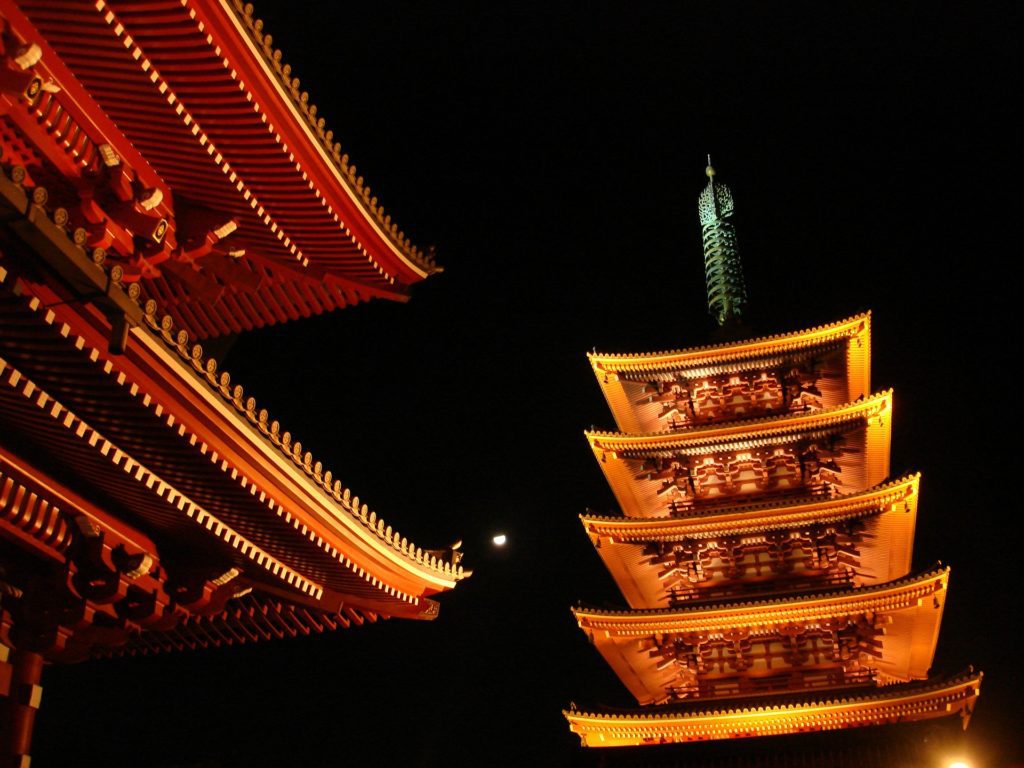
This is the oldest Buddhist temple founded in 645 to honour the goddess of mercy, Kannon. Located in the historic Asakusa neighbourhood, this temple draws the most visitors from around the world. The main attraction here is the giant over 700 kg lantern at the Kaminarimon Gate is when loosely translated means the gate of thunder and lightning. Anyone else getting Thor vibes here?
After the gate, there is a street that leads up to the temple and has shops on both sides. After you leave it behind you, come across the Hozomon gate and stop and stare awhile at the bottom of the lantern here, which has a dragon carving. But the crowd favourite here is the joukoro or incense burner. It is like a huge cauldron billowing with smoke which apparently cleanses your body.
2. Meiji Jingu, Tokyo
Japan has gone through a lot of trauma, world wars, natural disasters, and so much more. Unfortunately, due to this, many of its historical buildings were affected. Meiji Jingu is one such shrine that suffered during the second world war but was fortunately restored in 1958 after a fundraising effort. It is over 1,20,000 trees of 365 different species that cover the area, and the people of Japan donated them. As you walk towards the main building, you will first notice the huge barrels that have sake and wine in them. These are also a donation from common people and makes for beautiful art at the entrance.
Try and visit this shrine between 8 am to noon because a Shinto ritual called Nikkusai is performed here every day. This is considered to be a ritual of peace and good fortune. Besides the shrine, also visit the Iris garden, which is beautiful and is even more so during the spring as cherry blossoms bloom.
3. Engakuji
This temple is tucked away in the city of Kamakura in the Kanagawa prefecture, which is located to the south of Tokyo. Founded in 1282, Engakuji is one of Japan’s most important Zen temples and is ranked second among Kamakura’s Five Mountains. This temple also has one of the best views when the seasons change during sakura and the fall. The cherry blossom tree adorning the San-Mon gate is especially gorgeous.
4. Hokokuji Temple
Another temple that you absolutely cannot miss while on your solo trip to Japan is in Kamakura itself. The Hokokuji is located on the eastern hills of Kamakura and is pretty secluded. The surrounding is eerily quiet on most days as not many are aware of his hidden gem. Like many other temples in this region, Hokokuji was affected because of the Kanto earthquake that hit Japan in 1923.
What makes this temple an absolute must-visit on your list is the beautiful bamboo grove that surrounds the temple. If you fancy a cup of tea after walking around, a small shop offers one of the best green teas, and you can sip it while admiring the view.
5. Todai-ji temple, Nara
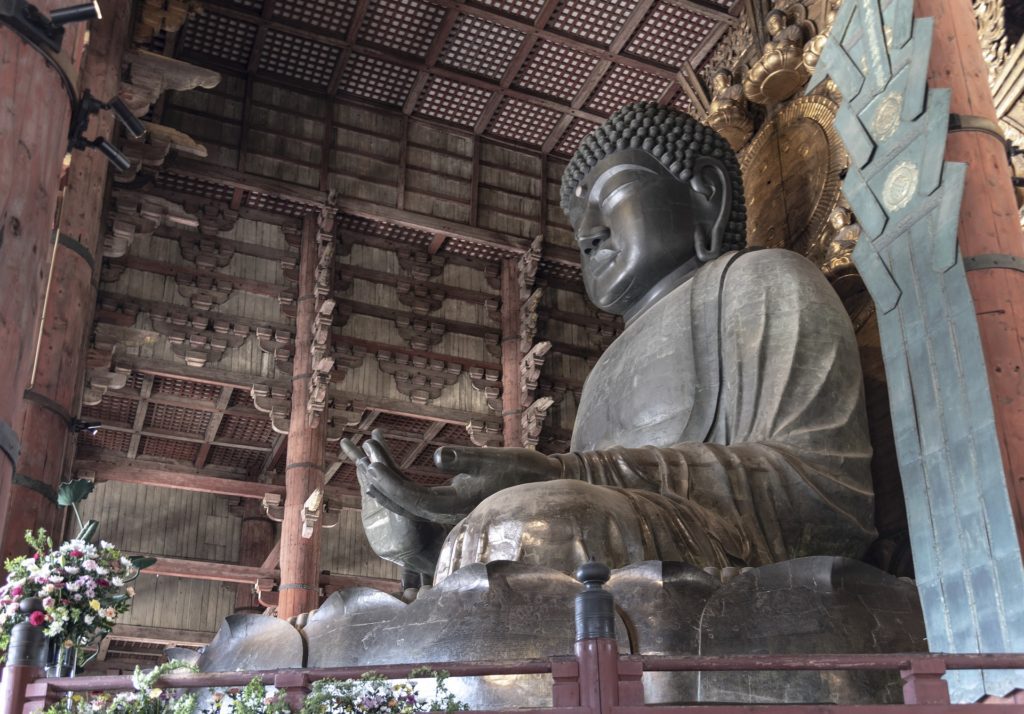
Your Japan itinerary is incomplete without a day at Nara. And when in Nara, you cannot miss the main attraction: the Todai-ji temple. As Nara was the first capital of Japan, this temple became the main Buddhist temple in the whole area and also a seat of power. You enter through the wooden Nandaimon gate, which has two fierce-looking statues guarding over it. But the main attraction here is definitely the huge Buddhist statue. This bronze statue is the largest in the world, and the hall where you will find it is called the Daibutsuden.
6. Hokkaido jingu shrine
After talking about a few Buddhist temples, let’s talk about the Hokkaido jingu shrine. The shrine located in Sapporo in Hokkaido is the city’s most important feature. Located centrally in the Maruyama park area, this shrine commemorates Emperor Meiji and three deities who are believed to protect Hokkaido. This shrine is also particularly famous for the Japanese elm and katsura trees around it and is a great spot for hanami during spring. If you are visiting Hokkaido in June, be sure to also check out the Sapporo Festival held there.
7. Horyu ji temple, Nara
As I said, most temples and shrines in Japan have to be rebuilt after being destroyed due to unavoidable circumstances. The Horyu ji temple in Nara is one such exception. One of the early proponents of Buddhism in Japan, Prince Stotuku, was the one who built this temple. The best part here is the use of wooden structures, which are very much intact even today. Fun fact: This multi-storeyed wooden building was also Japan’s first UNESCO heritage site.
8. Seiganto-ji, Nachisan
Though Buddhism and Shintoism are two completely different religions, there was a time in Japan when they were practiced at the same time. It was during the Meiji restoration that an effort to establish a Shino-specific state forced the two religions to separate. What makes Seiganto-ji special and why it should be on your list of must-visit when in Japan is that it is one of the few places where you find a temple beside a shrine. Also, as an added bonus, the site is perched in front of Nachi falls, which makes it a beautiful sight.
9. Itsukushima Shrine, Miyajima
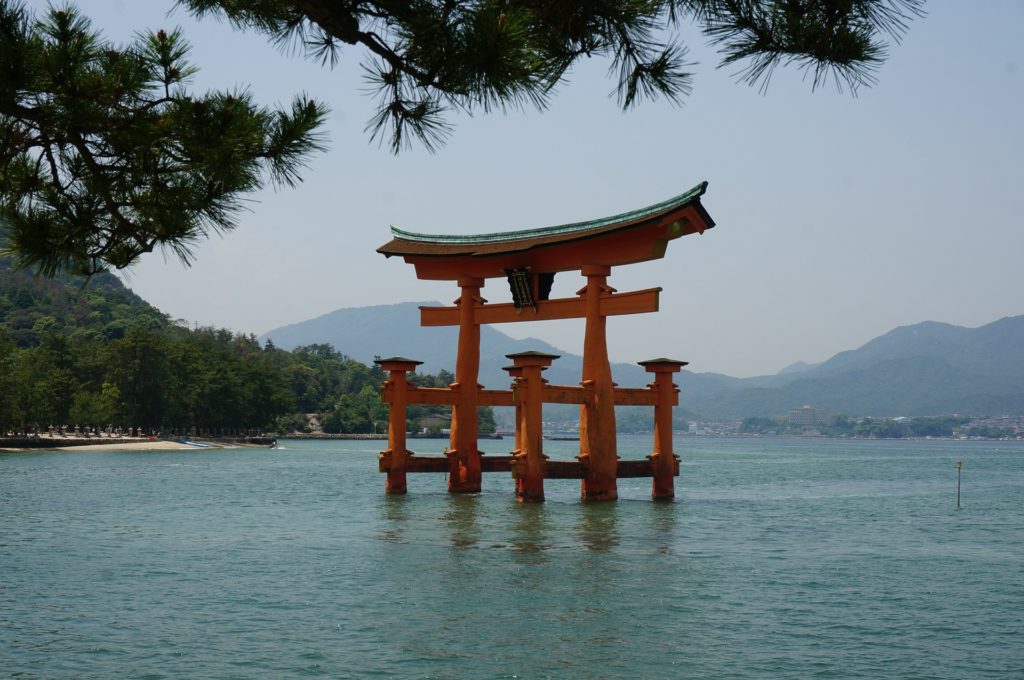
It does not matter if you are in Japan on a budget or not, but a visit to Miyajima is a must. The main reason to visit the island is the Itsukushima shrine and the famous torii gate. It is almost magical to see the gate during high tide when it looks like it is floating on water. So this is a shrine you must visit when in Japan on your solo female trip.
10. Nezu Shrine, Tokyo
There is no dearth of beautiful gardens all over Japan and also in the capital city of Tokyo. The shrine of Nezu is located in the middle of one such garden in the city. Built in 1705, this shrine in red, gold, and green is a must-visit just for the sheer beauty of it. Also, people from all over flock to the Nezu shrine every April to admire the different shades of blooming pink flowers. Don’t forget to include this shrine in your itinerary during your solo female visit to Japan.
11. Kinkakuji Temple, Kyoto
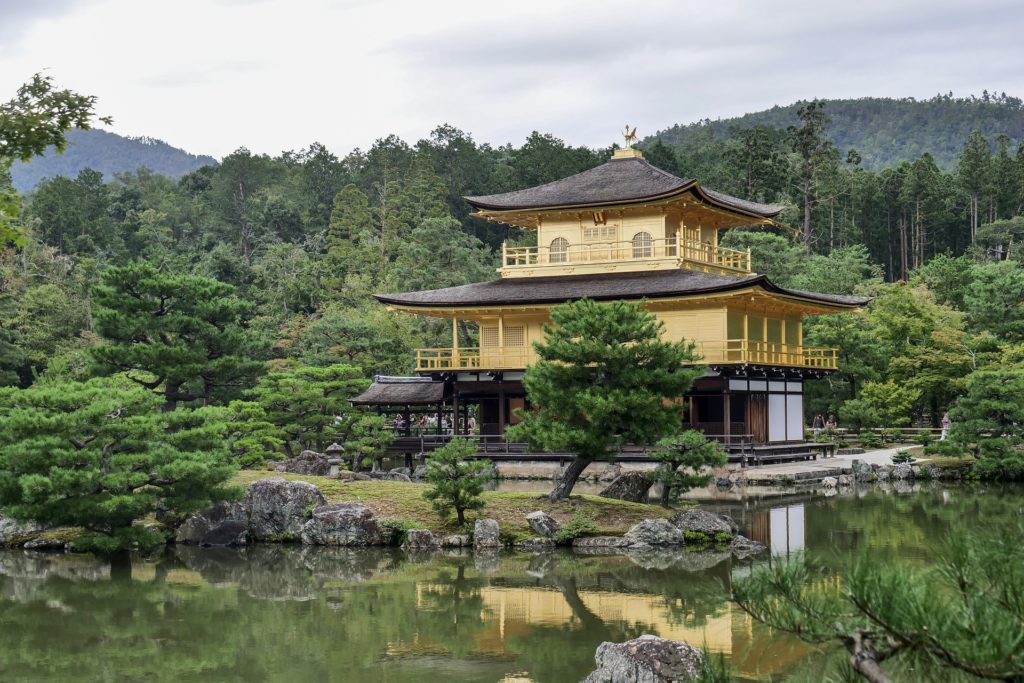
If you want to travel to a city in Japan where you feel that you’ve been transported back in time, it is Kyoto. Far removed from the hustle and bustle, Kyoto gives you a different experience. And the jewel in its crown is the Kinkakuji temple. This temple is one of the most beautiful structures you can lay your eyes on. With two out of three floors wrapped in gold, the temple is aptly called The Golden Pavilion. Look closely, and you will see that each floor here is covered in different architectural styles.
But the best way to admire this architectural marvel is at sunset when the waning sun turns the temple a bright shade of golden and its beautiful reflection that falls on the moat that stands in front of Kinkakuji. Kyoto is a city of shrines and temples, so be sure to book packages that help you cover them all during your stay.
12. Inokashira Benzaiten Shrine, Tokyo
If you have grown up with your healthy dose of watching Ghibli films, you cannot come to Tokyo and not visit the famous Ghibli Museum. In the same Inokashira park, you cannot miss the red-couloured small Shinto shrine. This shrine is dedicated to a goddess known as Benzaiten and is a depiction of the Hindu goddess Saraswati. Benzaiten is a patron of artists, and so artists, musicians, and scholars across the land worship her. So, during your trip to Tokyo as a solo female traveller, this shrine is a must-visit.
13. Kiyomizu-Dera Temple, Kyoto
The temples and shrines in Kyoto compete with each other in beauty and grandeur, and Kiyomizu-Dera Temple is no different. The main attraction here is the protruding wooden veranda that stands at almost 13 feet, but it is suspended with no nails! If this is not a wonder, then I don’t know what is. In the older times, it was believed that you are truly blessed if you survive the fall from this protruding veranda
But the folklore doesn’t end here. Built on the site of the famous Otowa waterfall, which flows at the bottom of the temple stairs, legend has it has pure water. In fact, Kiyomizu-Dera translates to ‘pure water temple.’ There are three streams here with a long ladle like most temples, and each represents a different virtue: academic success, longevity, and success at love. But don’t you dare drink from all three because then you will be considered greedy. From late November to early December, the temple and the grounds surrounding it are lit up so that visitors can admire its beautiful foliage during autumn.
14. Kasuga Taisha, Nara
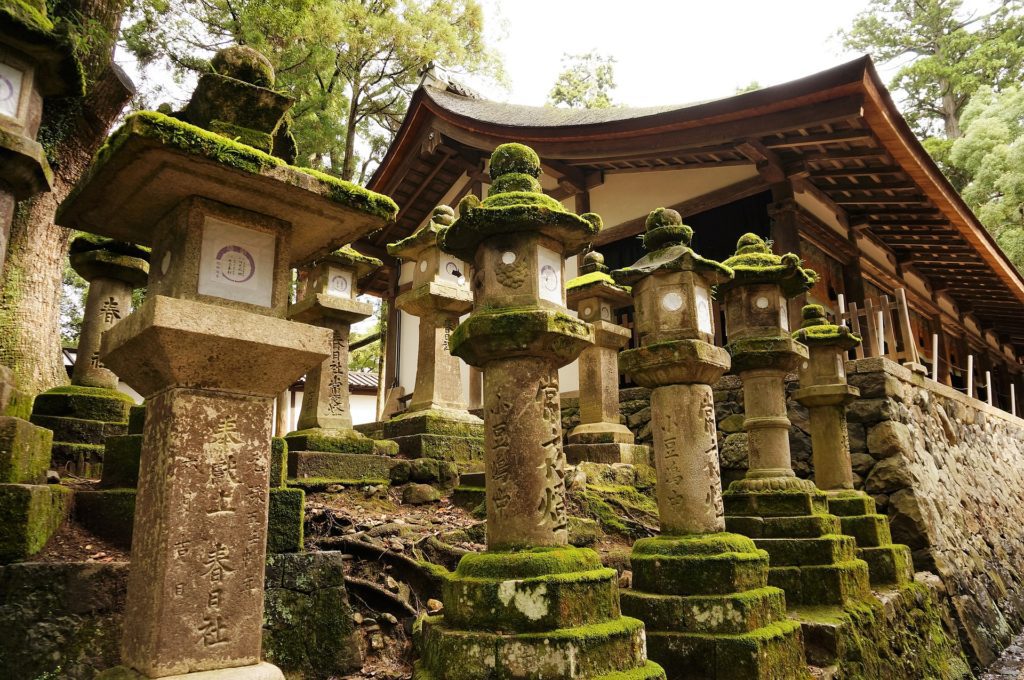
Built in 768, Kasuga Taisha honours four gods, and each of them has its own little shrine within the bigger shrine. But the best thing about Kasuga Taisha and why it should be on your list of temples and shrines to visit during your solo travel to Japan are lanterns. Yes, there are over 3000 huge stone lanterns in this temple, and they flank the path to the main temple building. But that’s not all, the main building also has innumerable bronze lanterns. During the festival of lanterns called Mantoro, which is held at this temple twice a year, the temple is lit up and looks right out of a fairytale.
15. Fushimi Inari Taisha Shrine, Kyoto
This list is absolutely incomplete without this wonder from the city of Kyoto. The highlight of this shrine is the hundreds of spellbinding red vermillion torii gates that lead up the main shrine. This shrine is dedicated to Inari, the Shinto god of rice, and each of these torii gates is actually a donation, and the larger the gate, the more the donation. Though the torii gates provide for a perfect Instagrammable moment on your solo trip, the mountain climb to the shrine is pretty as well. Also, the view that you can catch of the city of Kyoto from there is worth the climb.

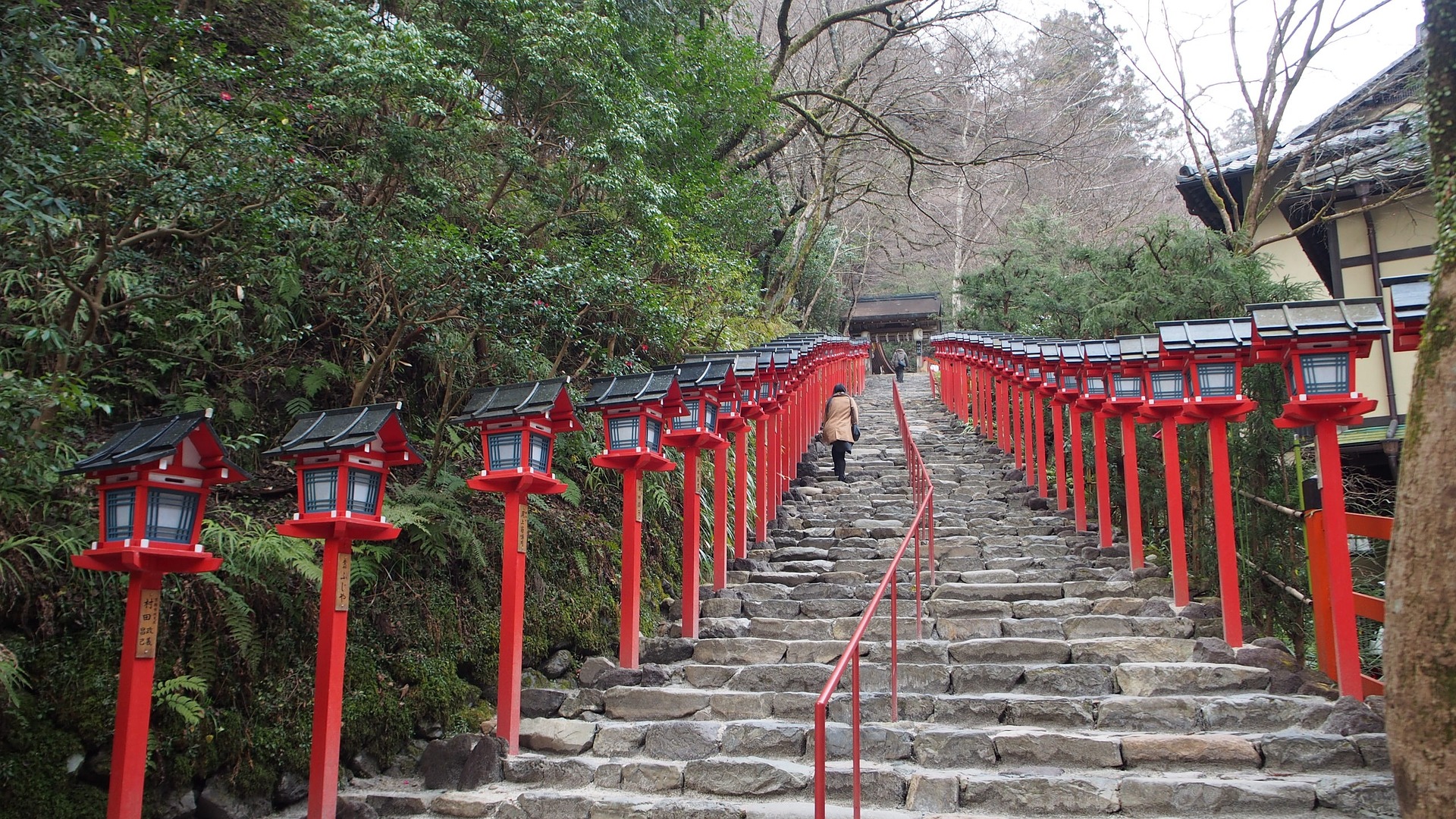

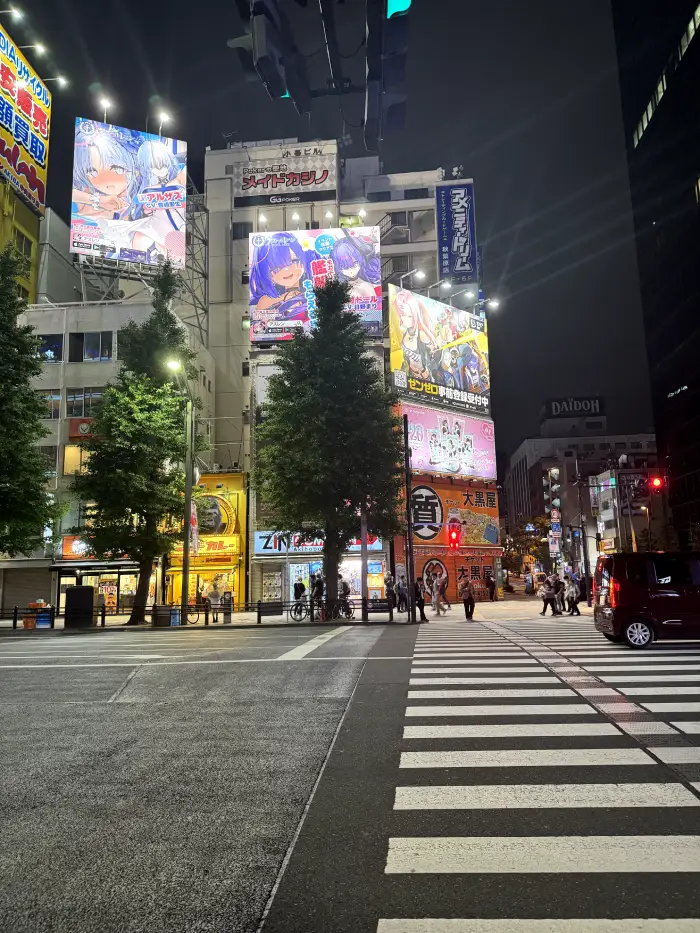

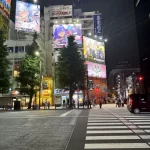


Leave a Reply